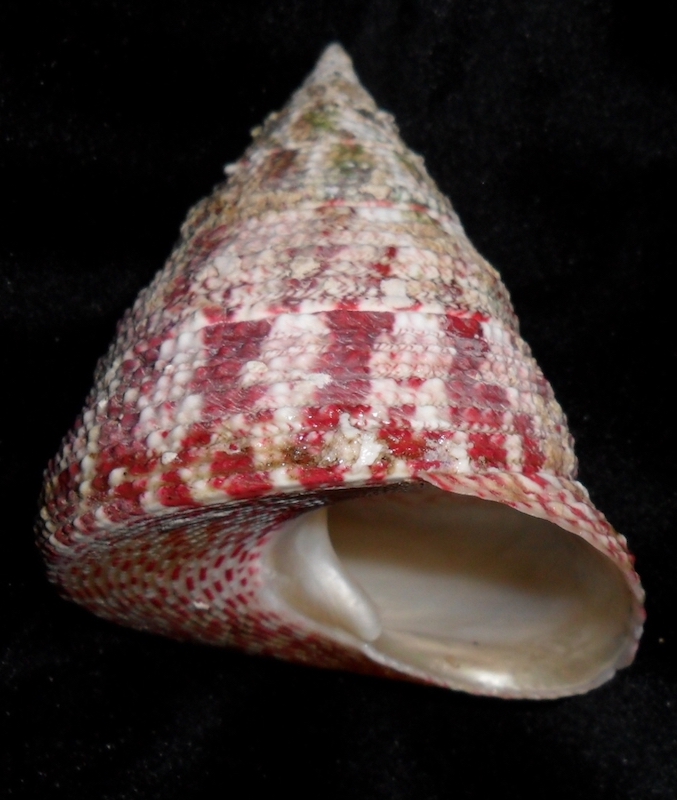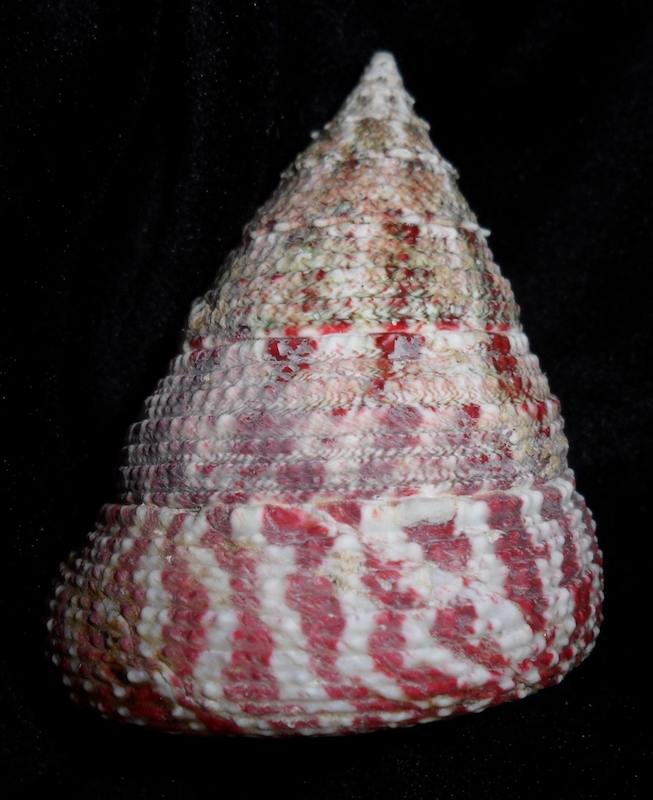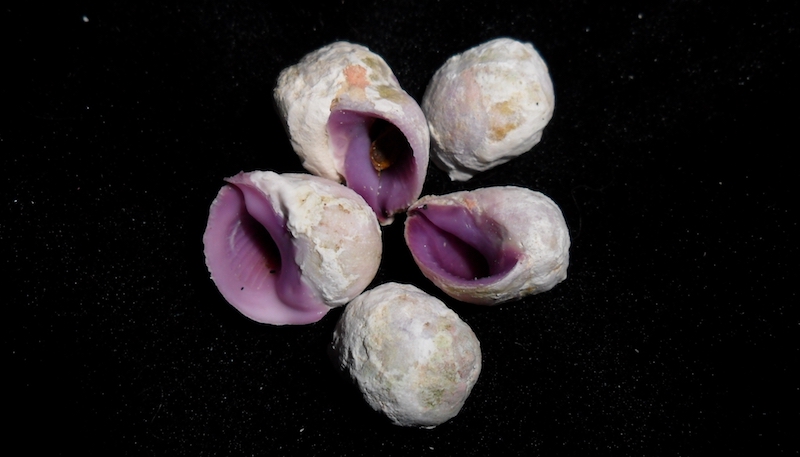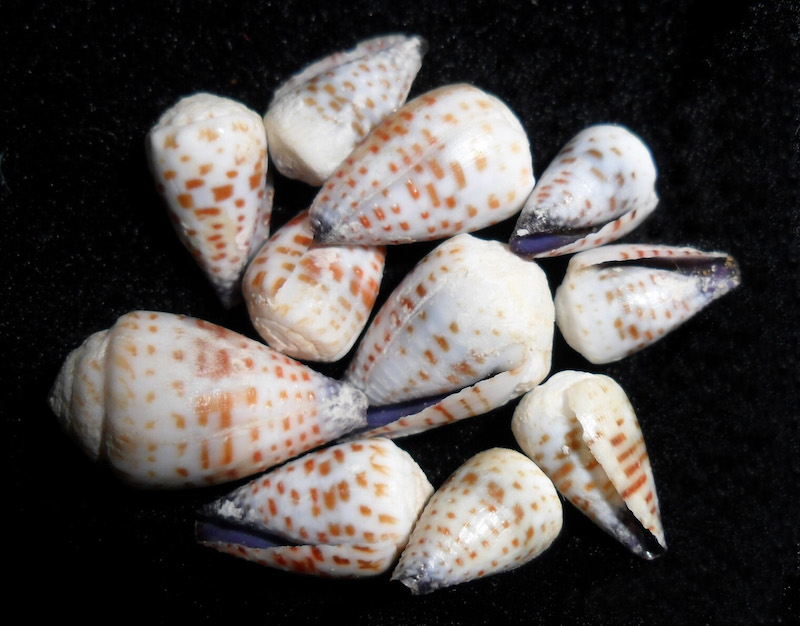|
Have you ever sought advice and been given several sets of conflicting or spurious information? I guess it has happened to me before but never on this scale. Reports of restrictions on the export of marine specimens from Egypt, prompted me to contact their London Embassy. They said questions should be routed via the Tourist Office who would then be responsible for finding the right department in the Egyptian Government to answer them. I wrote, stating what I hoped to do, how and where, and the procedures I intended to follow. I asked for a response, setting out in Arabic the constraints they would impose on my activities. I still await the written reply. The verbal response was that it was important to prevent the commercial exploitation of coral. The reason for this was not the usual one. Shells were of little interest. There is an agenda to limit the activities of Bedouin, who are trying to supplement their almost non-existent income and limited diet by fishing, on the premise that this might encourage inconvenient concentrations of population in coastal areas earmarked for tourist industry development.
I suggest that regardless of the reality of the law, you detail what you hope to find and bring back then apply several months beforehand to the Egyptian Embassy in London for an export permit IN ARABIC. It may or may not be legally necessary but it limits the scope for hassle and will enable you to have specimens in your hand luggage on the plane without inviting trouble. There was damage to luggage and contents in the hold. Several well-packed and robust containers got crushed and specimens reduced from Gem to Fine.
We stayed at the Taba Hilton, which is in a kind of administrative “no man’s land” for we were told that if we were to remain in the area of the hotel, we would not need a visa. On one side is the Israeli frontier and the full Egyptian control starts further down the road. Think twice if you should you feel inclined to visit Jordan via Israel. The Israelis seem to resent anyone who might spend money in an Arab country, making the crossing as slow and expensive as possible, even going to the extent of destroying all food and liquid carried by travellers. This is an inconvenience for the tourist but a real hardship for local Arabs. Incidentally, three weeks after we left, the hotel hosted a Jewish theological convention and was visited by suicide bombers. Several of the Egyptian staff also died. We knew some of them. They were all friendly, harmless, unprejudiced people.
When we took a taxi from Taba to Nuweiba, there was a guard riding “shot gun” as normal police and army cover did not seem to apply there. The taxi driver seemed to have a death wish, with foot to the floor, overtaking on the wrong side on blind bends. He ignored all requests to drive at a reasonable speed even though some passengers were being physically sick from fear in the back seat!
Diving schools and some hotels claim that the whole of the Red Sea is a Nature Conservancy Area or a National Park. This is not true. They are just trying to protect their own interests. Existing development is certainly a genuine threat and there are areas where the environment is becoming progressively polluted by the debris of civilisation. In the enclaves of the better hotels, pollution is more or less under control because they recycle all water and collect up rubbish continually, but, within an enclosed gulf, there is serious cause for concern for the rest of the coastline. The inshore water is starting to get dirty anywhere there are people.
On the positive side, it is obvious that some species of coral are growing a lot faster than experts would have us believe. New coral is building on all kinds of debris from old tyres and discarded cutlery to living shells. Judging by that on living shells, I suggest the growth rate is at least 4 mm a year.
The Red Sea is essentially a flooded extension of a rift valley. Water is >2000 m deep in the centre with vertical sides and a shallow shelf round most of the margins. Corals grow where the light can penetrate and the light here is particularly good. From the shore you tend to have rubble with gravel, mud phasing to sand then stones on rock shelf then coral on stone and coral to the drop off which the coral will tend to overhang. The reef shelves appear solid but are laminates of coral with layers of water between, with the occasional hole, as successive upper layers have killed lower shelves of coral by depriving them of light. There are minor reefs and coral heads on the sub-tidal shelf. The general impression is of a very large amount of predatory life devouring an inadequate food supply. Vast numbers of brilliantly coloured fish are chewing the coral and any algae growing on dead areas. Turtles munch hunks of coral from the reef edge and the coral heads. There are few crustaceans and even large shells such as big Trochus and Turbo are crunched up and consumed. Vegetation is very limited. No mollusca are abundant with the notable exception of Coralliophila neritiodea (Lamarck, 1816) (figure 3), though there is probably a lot of nocturnal life. There is not a lot left for the hermit crabs but even they get crunched. When you lift a stone you may need to push the fish away or they will crunch anything there before you can grab it! Shallow water has more shells than the reefs because there are fewer big fish. Conus plug themselves into reef cavities presenting the solid base to any predator. The larger of the two local Haliotis species has the facility to shed one third of its body mass as a decoy when under attack. This is a drastic sacrifice for any organism. Doreen Sharabati (in Red Sea Shells, Kegan Paul, 1984), compared this species with Sanhaliotis pustulosa (Reeve) but it may not be a correct identification. Severance is instantaneous and there is no bleeding. Some of the Haliotis at Nuweiba lacked the normal outer layer and a few appeared as total pristine mother-of-pearl (figure 1).
The area needs some top predators such as sharks to thin out the fish, which are cropping the coral and inhibiting growth of the reef. I saw no sharks or barracuda. The odd moray eel was doing his best!
I collected a very large number of individual species but many of them existed as one or two actual specimens (seen as opposed to collected, that is!). In retrospect I may have taken conservation too seriously and only kept a single proof specimen of several things that were not actually rare.
So many families that I would have expected to be abundant, appeared as a single shell. It was intensely exciting as every time in the water produced something new and often not listed in Doreen Sharabati’s book. I was able to observe the living Bursa rhodastoma (G. B. Sowerby II, 1835) and confirm to my own complete satisfaction that the living animal is totally unlike that of Bursa thomae (d'Orbigny, 1842), even though the two have been confidently and routinely synonymised by numbers of “experts” in recent years.
Although it remains early days for identification, I can recognise four or five Pteropoda species and a couple of Heteropods. There is a Dentalium, a Cadulus, a single Nerite, a Neritina, a Scissurella, four Trochus sp. (e.g. figure 2), including a pair of the largest T. erythraeus Brocchi, 1821 I have ever seen, three Turbo’s, two Clanculus, three Stomatella, four Cerithidae, one Terebra, one Stilifer, and several Eleumidae. NO Littorina s.s. were found but the offshore sand samples yielded a single Peasiella sp. (These are abundant in shell sand at Yanbu al Bahr over the water in Saudi). Three Epitonidae (including one c.f. gazae), two Hipponix, three Strombus, a single Cypraea plus fragments of two others, two Naticidae, one Pseudosimnea, two Bursa, at least three Triphora, several Morula and Drupa, two Coralliophila (figure 3), a Mitrella, several Nassariidae, single Ancilla and Harpa, several Mitra and Vexillum, and eight Conidae. The only frequent Conus of these was C. parvatus Walls, 1997 (figure 4). Lots of different tiny bubble shells and micro bivalves were found. There were very few large bivalves. There were Chama, but you can’t get them without damaging the reef, and a very small number of live Tridacna though there were lots of small dead ones; fish had probably extracted these. I saved fish crunched fragments for the distribution statistics.
Diving instructors were persuaded to assist in obtaining off shore sand samples. I suspect that the material in shell sand will have passed through the digestive tracts of fish several times but there are a lot of small species (below 3 mm). I am hoping to liase with other workers in the field to produce an agreed species list for the web site but this will be a longer-term project. There are too many things that either may, or may not have been previously recorded from the Red Sea, recorded only in original description papers or, maybe not even described. Whilst I can put specific names to a lot of the material, at the Generic and Sub-Generic level there is such little consensus that I would not expect you to accept my unsupported opinions when better people than me cannot agree! I suppose the final tally could be >30 bivalves and >200 others including the Heteropods and Chitons.
The sand samples were put through a 1.5 mm mesh and the result sorted to reveal a large number of micro species but there were still some traces of white in the residual sand. I then rocked the residue in water in a shallow tray to bring the lighter material to the top of the sand and lifted off a couple of hundred or so of the more obvious items, (1 mm to 0.3 mm), with a sable hair brush. The normal average size of a Red Sea micro-shell is about one third of its Atlantic equivalent. No doubt it is necessary to reach breeding maturity before they get big enough to interest a predator. I then rocked it again to bring calcareous material to the surface and skimmed that with a spoon to a smaller container for study at a later date. While there are a number of juveniles, I am finding specimens that appear to be mature at less than 0.3 mm. Some of them are incredibly beautiful. Oh for an electron microscope! Some examples:
Spiratella cf inflata (d’Orbigny, 1840) Diacria sp. Creseis cf aciculata (Rang, 1828) Styliola subula (Quoy & Gaimard, 1827) Atlanta sp.
This is a fascinating area, outside my normal area of operations. The hotel was fantastic but did leave me feeling uneasy at the difference between our standard of living and that of the locals. |
figure 1: Haliotis sp. from Neweiba (Photo: Graham Saunders)
figure 2: Trochus maculatus (L., 1758) (Photo: Graham Saunders)
figure 3: Coralliophila neritoidea (Lamarck, 1816) (Photo: Graham Saunders)
figure 4: Conus parvatus Walls, 1997 (Photo: Graham Saunders) |
Northern Gulf of Aqaba – some notes!
Issue
27
Page
10




